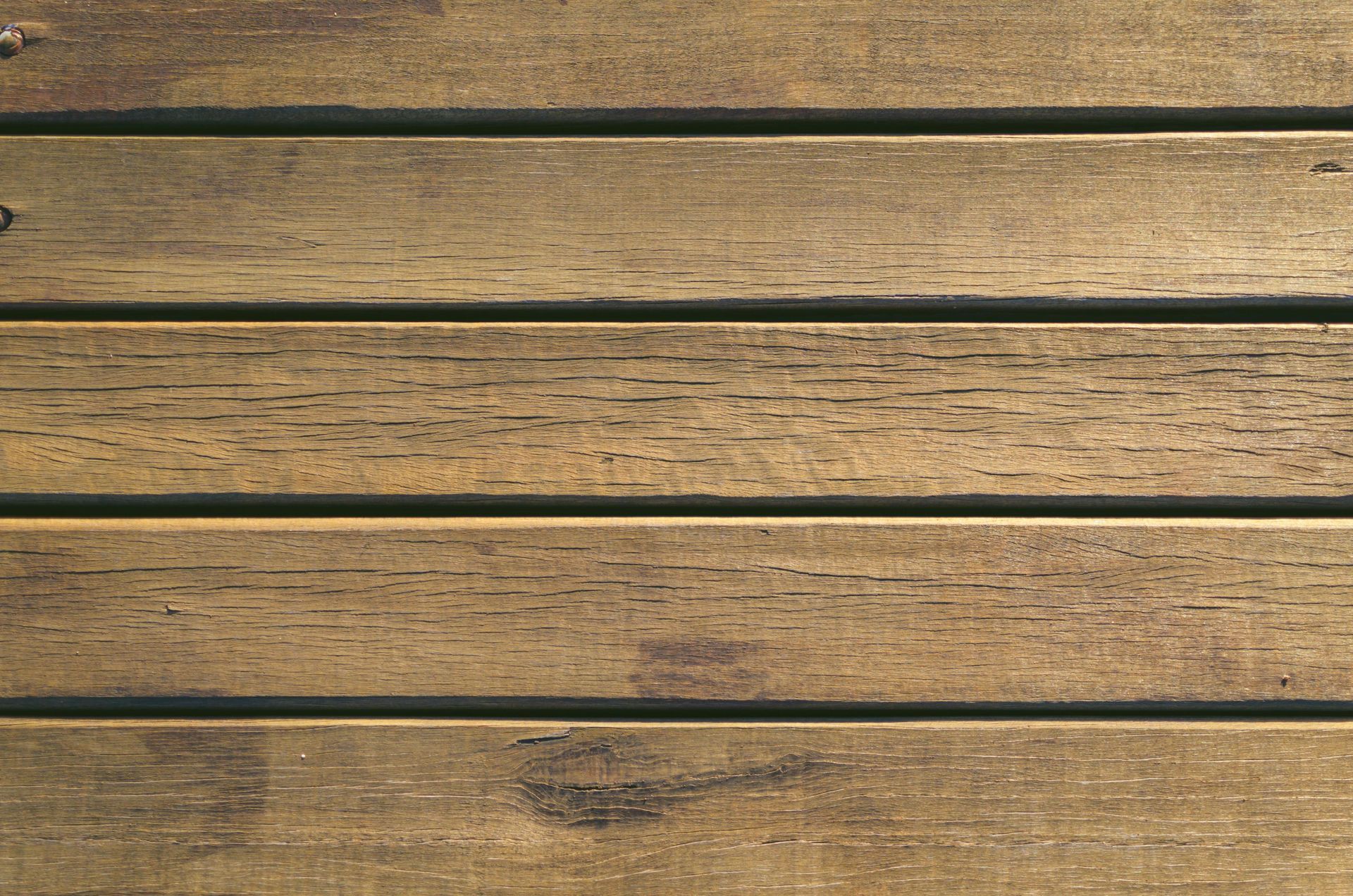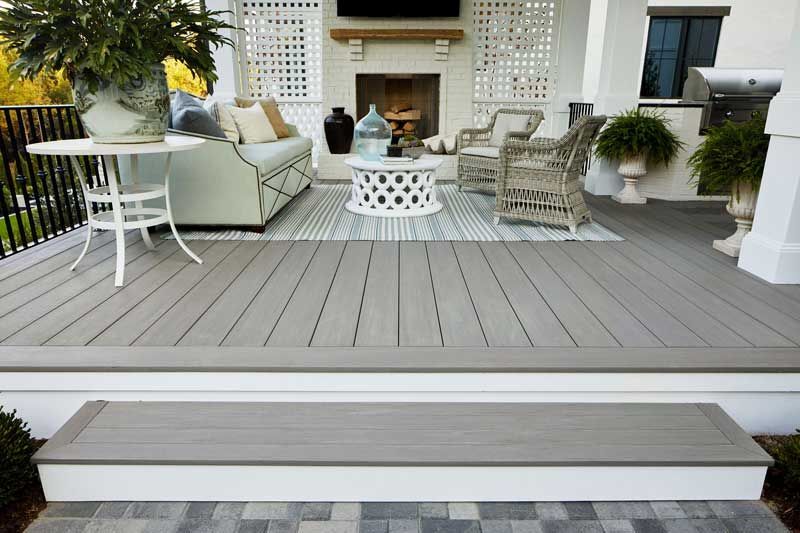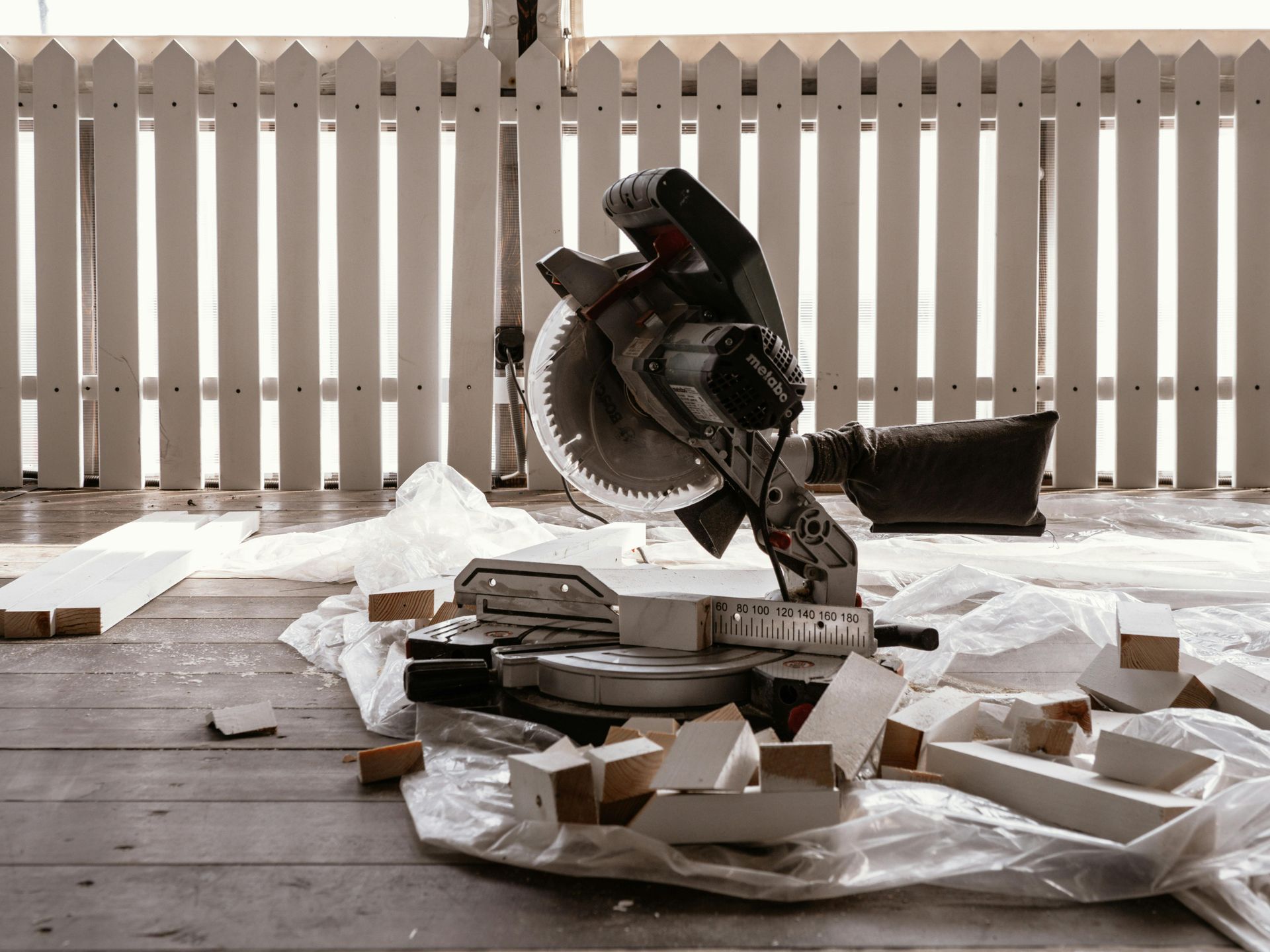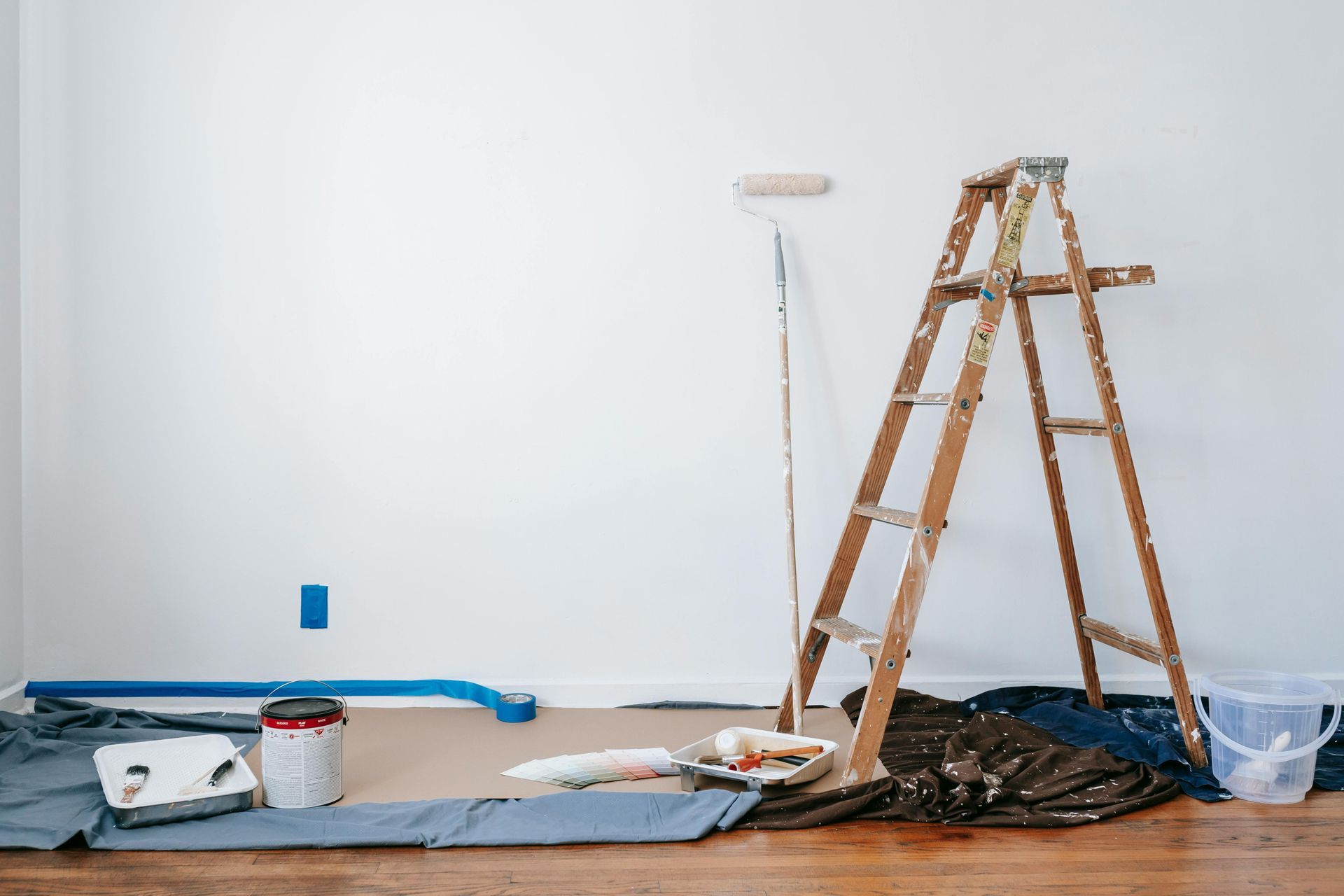The Best of Both Worlds for Decks
The Best of Both Worlds for Decks
Classic wood is a millennia-old favorite for all manner of home building and design, and for good reason. Lumber in Boulder as a home building commodity is natural, of course, gracing all who lay eyes upon it with the beauty and aroma of forest wonderlands. In the case of decking, wood is a gorgeous option, as always, but must be maintained properly and looked after with care, as it is susceptible to outdoor elements. Home-owning residents in the Boulder area need to look no further than their local Boulder hardware store to inquire about composite decking in Boulder, the fastest-growing material alternative to traditional wood decks. This innovative product is offered by brands like Trex and is made from a mix of predominantly recycled wood fibers and plastics, finished with a binding agent for stability. This transformative resource for home decor incorporates the aesthetic of real wood while adding strength and resilience, and easing the amount of necessary upkeep. Fortunately, many companies specializing in this product also offer compelling warranties to protect each customer’s investment, such as with Trex decking in boulder, a brand that boasts a 25 year “Limited Fade and Stain Warranty”.
Low Maintenance
This type of decking can be more expensive than some of its pure wood counterparts, but when maintenance and projected lifespan are factored in, it is a bit more economical in the big picture. Such decks can even add market value to homes given their durability and longevity. The more high-end hardwood options can actually run a higher charge and still require consistent, costly maintenance. No treating or sealing is needed with composite material, cleaning is a breeze, and it is built to withstand varying temperatures and weather patterns. All of these factors prevent the dreaded cost and disappointment of warping, fading, cracking, rotting, and mold. Furthermore, there is no risk of insect infestation and breakdown due to creatures like termites.
As this market is still evolving, some manufacturers even add on an additional hard shell layer to the top to give an extra reliable level of strength. The average absorption rate of water is only about 1% over the duration of this material’s life, and decks are made to last about 30 years, if not longer. Pure wood decks are only made to last about a third of that time. What’s more, this building alternative is constructed and infused with a special granular texture to produce a non-slip product safer for rainy seasons, and preventing splintering. For young and old alike, there is no risk of slivers when venturing out barefoot, and there is an infinitesimally slim chance of sharp, jutting elements to watch out for.
Aesthetic Variety
Depending on the preferences of each homeowner, styles ranging from modern to more natural and warm can be achieved in manufacturing. There is no need to finish, treat, or stain the material to maintain its alluring appearance. With traditional woods and timber, each type belongs to a different hardness category and interacts with the surrounding environment differently, meaning that a homeowner may have to compromise on their desired aesthetic to choose a more practical level of resilience to the elements. Internally, there are various options for structure preference: “structured”, or “honeycomb”, which features a lattice pattern, keeping weight and cost down, simple solid boards which are best for high traffic areas, and “capped” solid boards, which contain extra plastic for harder and even more durable wear.
This special product, offered by brands like Trex, can be cut and processed easily with regular woodworking tools found at any boulder hardware store, making the medium as a whole pleasantly simple to work with and arrange. This allows for creative freedom by still making possible the creation of complex designs and patterns, including the option to mix and match the wide variety of colors, shades, and shapes produced in the composite market. This avoids any extra effort or chemical colorings needed to stain and change the hue of regular wood. One popular method of design is to use this medium with its many available shades to create an attractive highlighted effect. Composite decking retains the coveted outdoorsy look and satisfying texture of wood while offering its own benefits, harnessing the best of both worlds.
Environmentally Sound
Composite decking in Boulder is made primarily of both recycled plastics and lumber, unwanted scrap refuses which would otherwise simply be sent to a landfill and left to fester. It may strike some as strange to encourage the usage of a product containing plastic rather than pure wood to be in tune with the environment. However, both soft and hardwood come with adverse environmental implications in this modern age. For one thing, a round of pesticides is needed in the first processing of the wood, in order to prevent insect burrowing and damage. Moreover, hardwood is not so plentiful as a resource, as it requires exceptionally large trees, which, of course, take quite a long time to grow. Large quantities of hardwood are typically cut down and imported from tropical lands to hardware stores in all areas of the United States, including the Boulder area. These tropical areas are suffering from excessive clearing of forests, due, in part, to the lumber industry. Once the hardwood is in place at a given homesite, it will need chemical treatments every year to maintain it. Softwood similarly calls for chemical treatments every year, as well as an initial round of chemicals to preserve its structure and appearance. Chemicals of any kind are not ideal for human life, let alone the ground and natural life forms into which they can leak.






